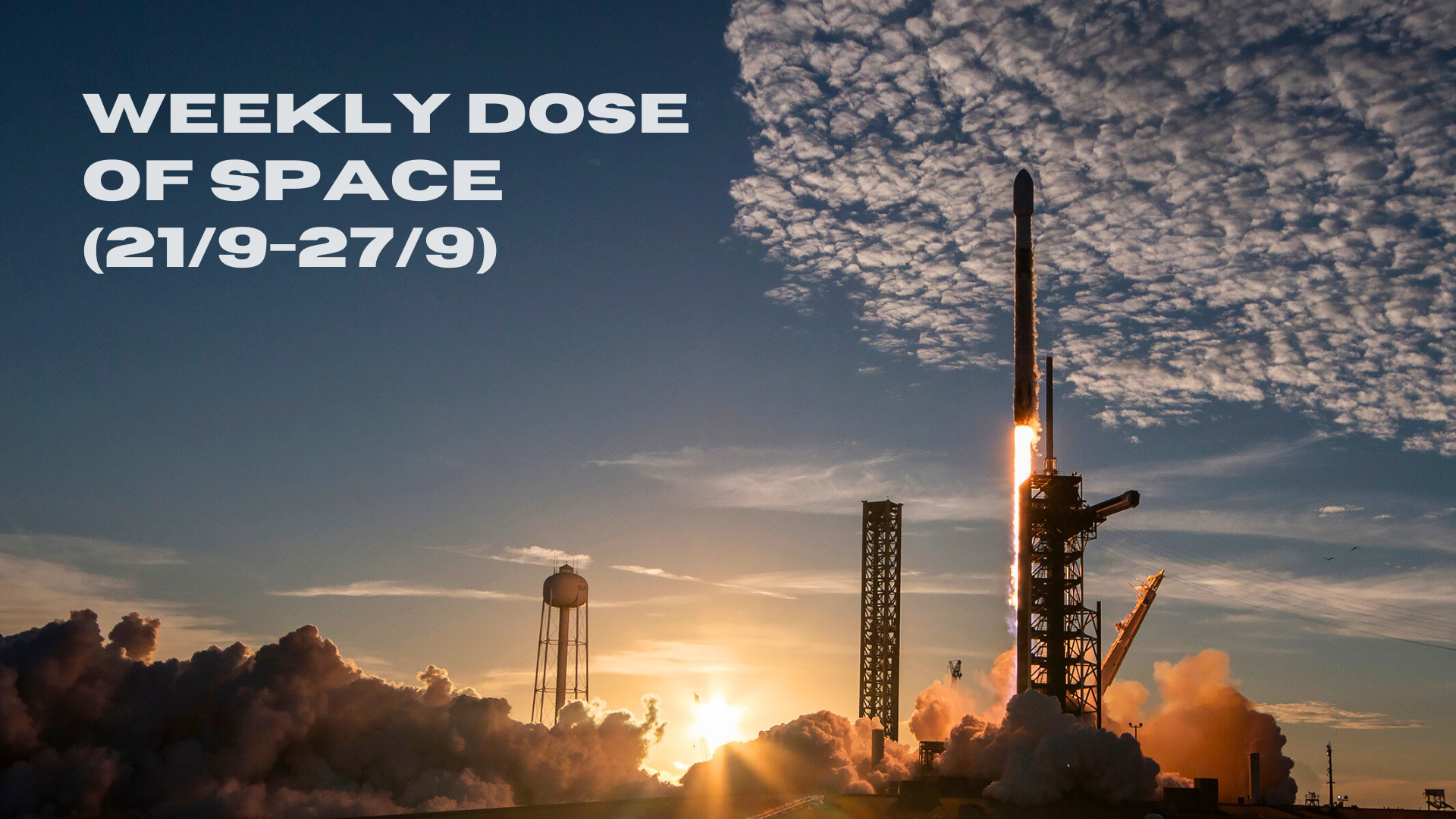Table of Contents
Welcome back to Weekly Dose of Space! This week saw ten launches taking place worldwide, with the majority supporting connectivity constellations. News from the week was from both orbiting space stations, with a spacewalk and an orbital boost. As always, we'll also look ahead to what the worldwide launch schedule might look like next week.
Launches This Week
September 21st - Falcon 9 with Starlink Group 10-27
SpaceX's Falcon 9 launched twenty-eight Starlink satellites to low Earth orbit from Space Launch Complex 40, in Florida. Supporting this mission was booster B1085 for its eleventh flight, with a landing downrange on the drone ship 'A Shortfall Of Gravitas'.

September 22nd - Falcon 9 with NROL-48
A batch of military reconnaissance satellites was launched from Space Launch Complex 4E, in California, atop of a Falcon 9. Booster B1081 supported this launch, flying for the eighteenth time and landing back at Landing Zone 4 at the Vandenberg Space Force Base.

September 23rd - Electron for 'Jenna'
Rocket Lab flew its Electron rocket in its HASTE (Hypersonic Accelerator Suborbital Test Electron) configuration for a suborbital military test flight out of Wallops Island, in Virginia.
September 24th - Jielong 3 with Geely Group 06
A Jielong-3 flew from a sea-launch platform off the coast of China's Shandong province, carrying twelve satellites to low Earth orbit for automaker Geely's Future Mobility Constellation, bringing the total satellite count to sixty-four. The constellation is set to provide communication, connectivity, and positioning services worldwide, with an accuracy at a centimeter level.
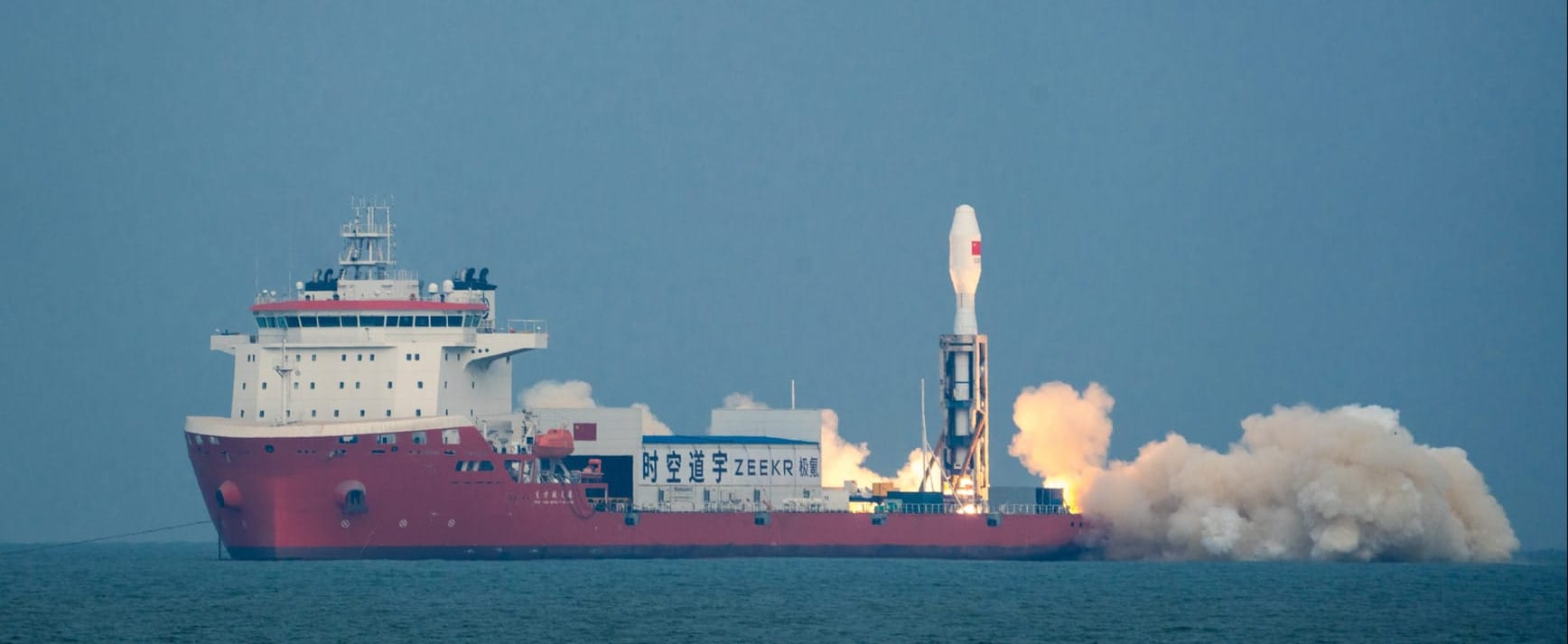
September 24th - Falcon 9 with three satellites
From Launch Complex 39A, in Florida, a Falcon 9 flew toward the Sun-Earth L1 point carrying NASA's Interstellar Mapping and Acceleration Probe (IMAP) and Carruthers Geocorona Observatory, as well as NOAA's Space Weather Follow On-Lagrange 1 (SWFO-L1). This launch was supported by booster B1096, performing its second flight and landing on the drone ship 'Just Read The Instructions' downrange.
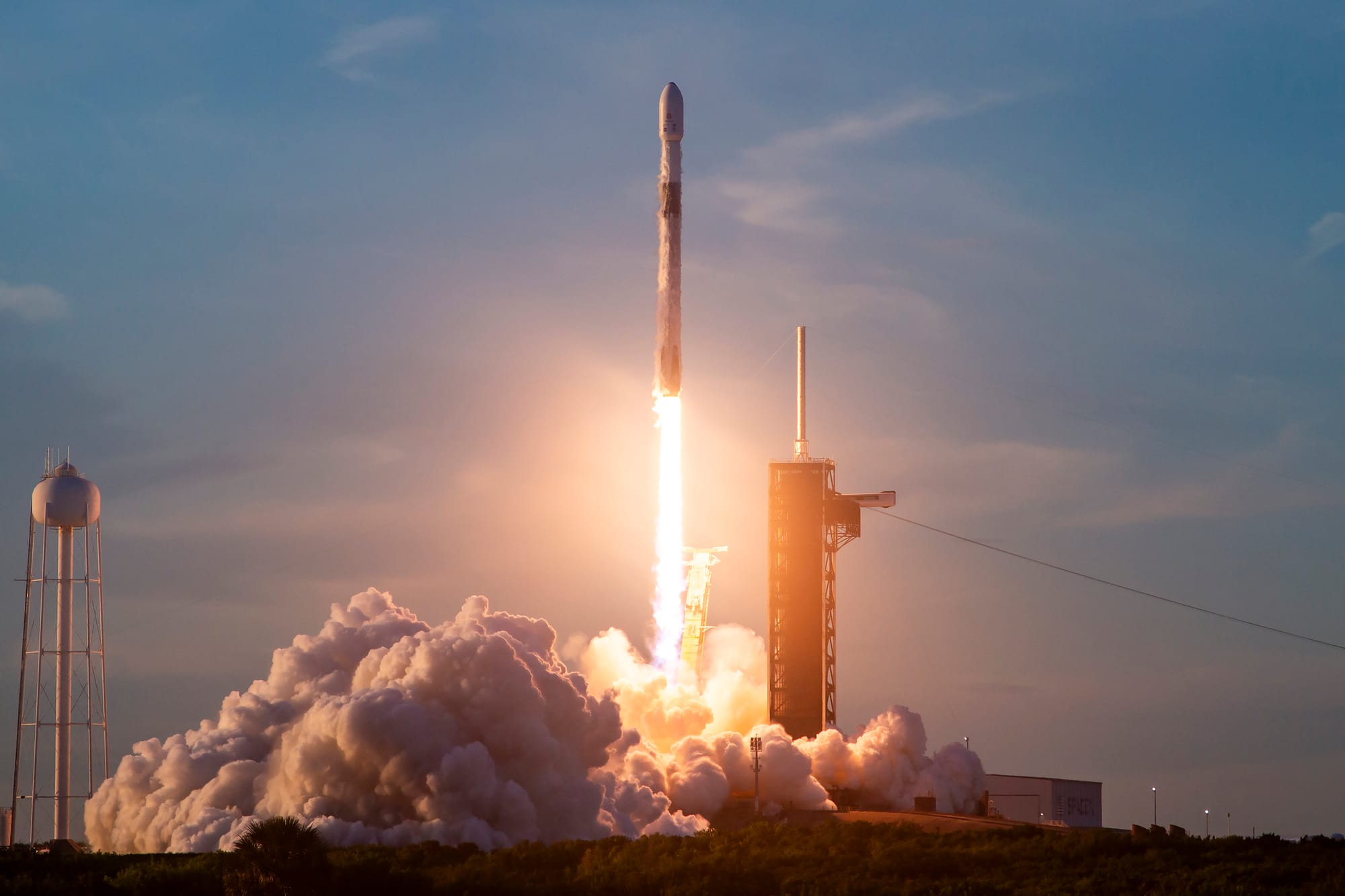
September 25th - Falcon 9 with Starlink Group 10-15
Another twenty-eight Starlink satellites were delivered to low Earth orbit by a Falcon 9 out of Space Launch Complex 40. Supporting this mission was booster B1080 for its twenty-second flight, landing downrange on the drone ship 'A Shortfall Of Gravitas'.

September 25th - Atlas V with KA-03
Out of Space Launch Complex 41 atop of United Launch Alliance's Atlas V, twenty-seven Kuiper satellites, for the constellation's fifth group, were sent into low Earth orbit. This launch brought Amazon's constellation up to 129 satellites.

September 26th - Falcon 9 with Starlink Group 17-11
Falcon 9 delivered twenty-four more Starlink satellites to low Earth orbit from Space Launch Complex 4E. This launch was supported by booster B1082 for its sixteenth flight, landing downrange on the drone ship 'Of Course I Still Love You'.
September 26th - Long March 4C with Fengyun-3H
A Long March 4C flew to sun-synchronous orbit out of the Jiuquan Satellite Launch Center carrying the Fengyun-3H satellite. Fengyun-3H is set to monitor and research activities in weather forecasting, atmospheric chemistry, and climate change.
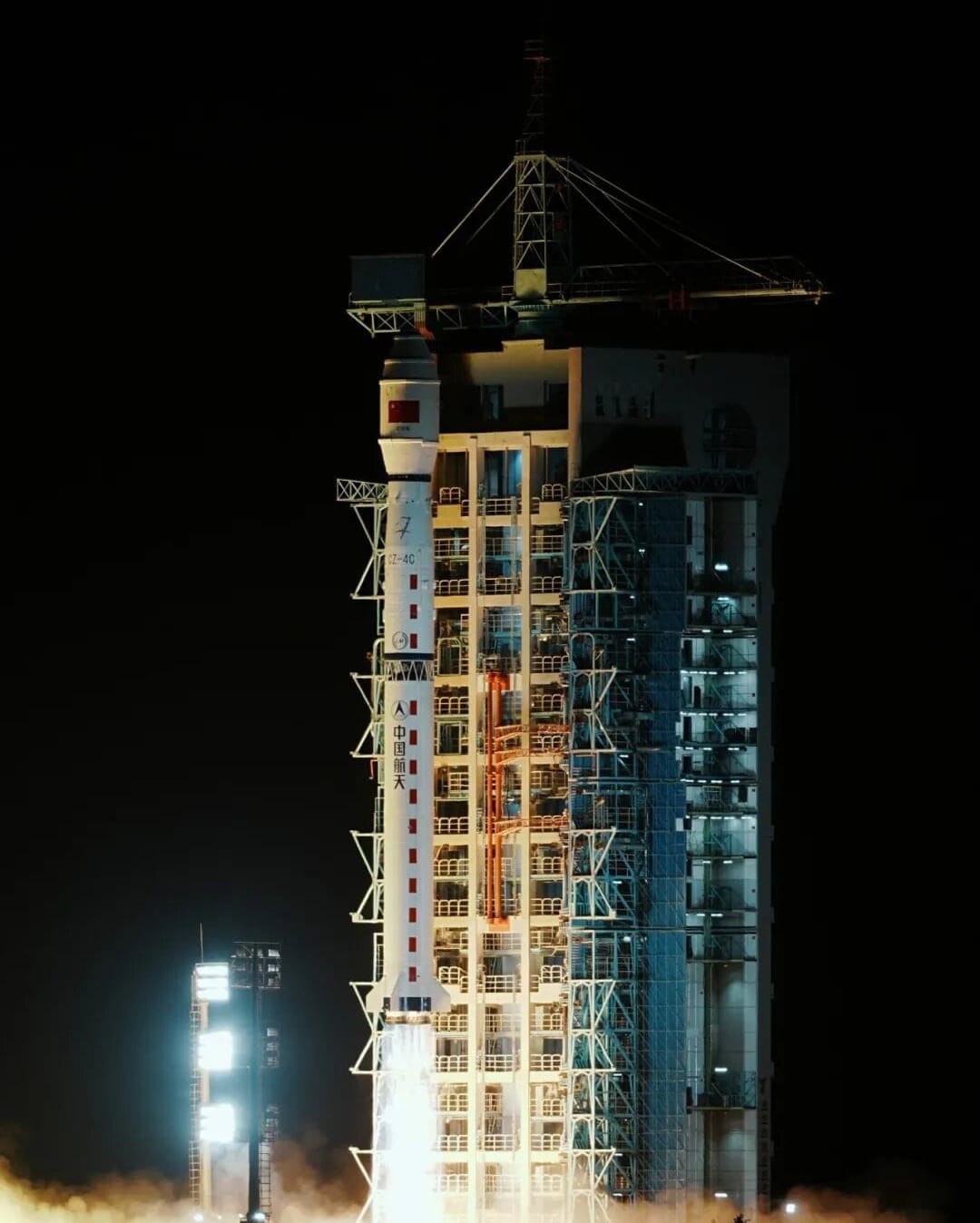
September 27th - Long March 6A with GuoWang Group 11
Five satellites for the GuoWang internet mega-constellation were launched atop of a Long March 6A flying from the Taiyuan Satellite Launch Center. This launch brought the constellation up to eighty-six spacecraft.
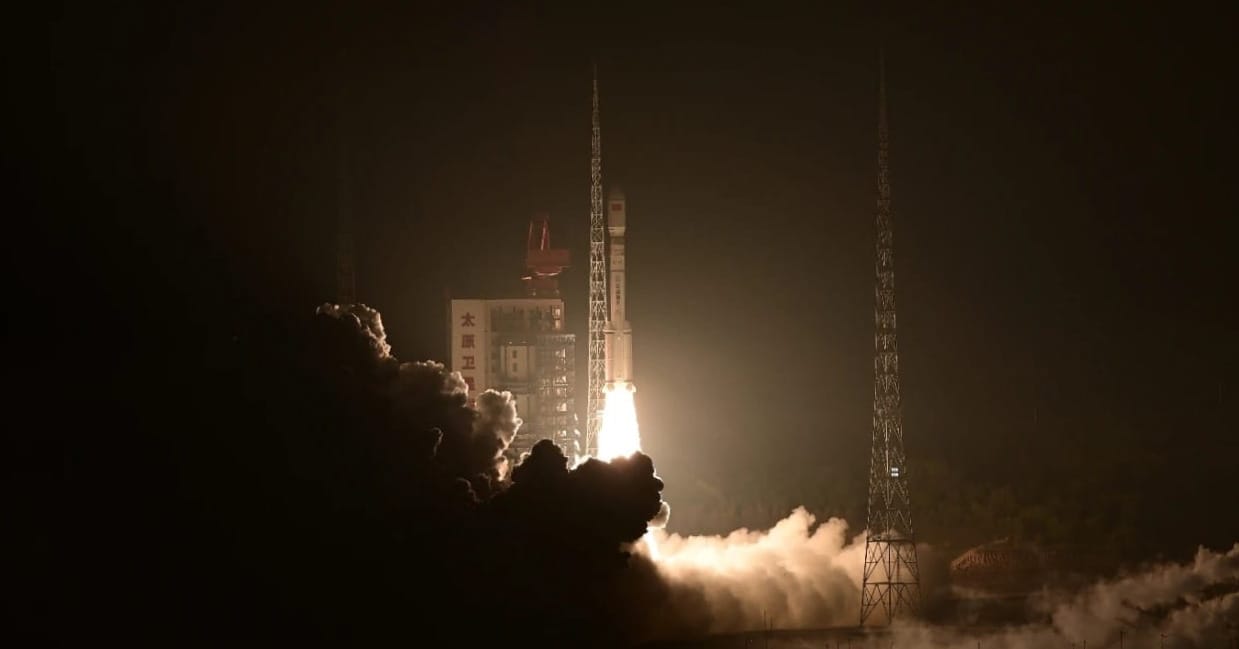
In Other Space News
Dragon boosts International Space Station orbit
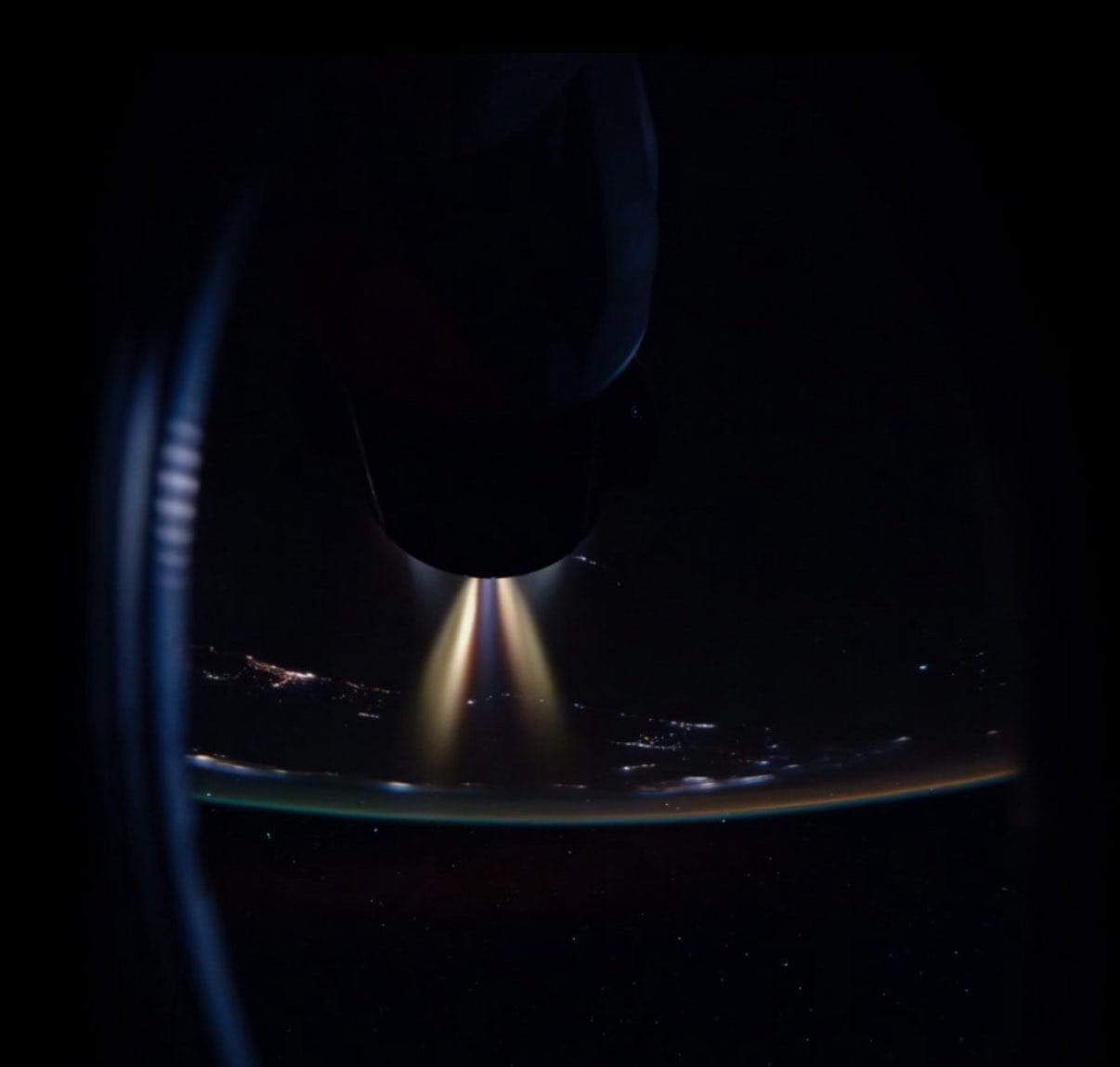
SpaceX's Cargo Dragon spacecraft demonstrated a boost to the International Space Station's orbit on September 26th, utilizing a 'boost kit' with dedicated propellant tanks and Draco thrusters. According to SpaceX's Vice President of Falcon and Dragon, Jon Edwards, details of the boost test were:
"Dragon and its new “boost trunk” performed a 15 minute burn yesterday, providing 1.62 m/s of delta-v to the ISS for station-keeping."
The day before the fifteen-minute demonstration burn, an earlier attempt was manually aborted three minutes and forty-five seconds into a nineteen-minute planned burn.
Shenzhou-20 crew conduct fourth spacewalk
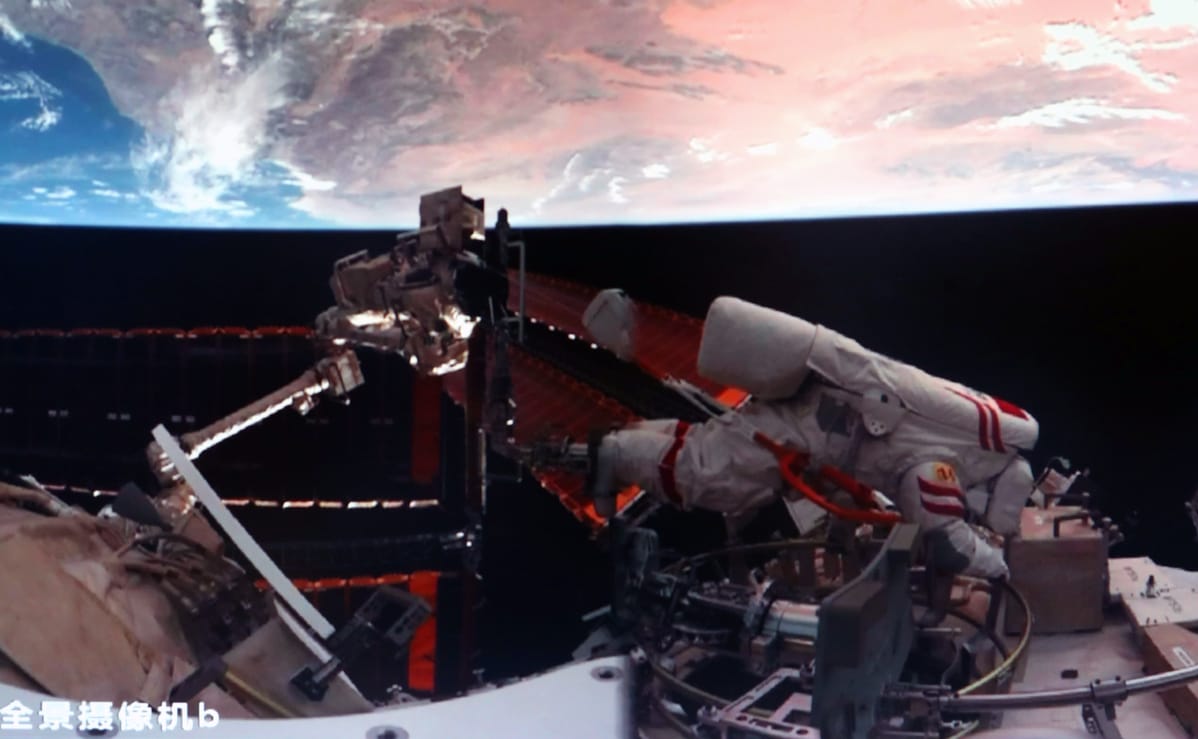
On September 25th, the Shenzhou-20 mission onboard China's Tiangong Space Station had its crewmembers, Chen Dong, Chen Zhongrui, and Wang Jie, conducting their fourth spacewalk in the six-month-long mission. For this spacewalk, Chen Zhongrui and Wang Jie exited the station for around six hours while Chen Dong supported the duo, alongside the station's robotic arm and teams on Earth.
While outside of the station, the two spacewalkers installed debris protection devices on top of potentially vulnerable systems for continued operation of the space station. Ensuring the station can operate for at least another decade, inspections of the Tianhe, Wentian, and Mengtian modules were performed too.
This spacewalk has also tied the Shenzhou-20 mission with Shenzhou-15 for total spacewalks, both having their crews venture outside Tiangong four times.
At the moment, the Shenzhou-20 crew is expected to return to Earth in mid-to-late October after a handover period with the Shenzhou-21 crew, currently unnamed but set to launch atop a Long March 2F/G from the Jiuquan Satellite Launch Center.
What to Expect Next Week
September 29th - Falcon 9 with Starlink Group 11-20
A Falcon 9 is preparing to launch twenty-eight Starlink satellites to low Earth orbit from Space Launch Complex 4E.
September 29th - Long March 2D with a to-be-announced payload
A Long March 2D is expected to launch from the Xichang Satellite Launch Center with a currently unknown payload.
September 30th - Electron for 'Justin'
Rocket Lab's Electron rocket is set to fly in its HASTE configuration for a military test mission off of Wallops Island.
October 1st - Falcon 9 with Starlink Group 10-59
Another batch of Starlink satellites is expected to head to low Earth orbit via a Falcon 9 flying from Space Launch Complex 40.
October 3rd - Falcon 9 with Starlink Group 11-39
Falcon 9 is set to launch from Space Launch Complex 4E carrying more Starlink satellites into low Earth orbit.
October 4th - Falcon 9 for KF-03
SpaceX is preparing to launch twenty-four Kuiper satellites into low Earth orbit from Space Launch Complex 40 to expand Amazon's internet constellation.

